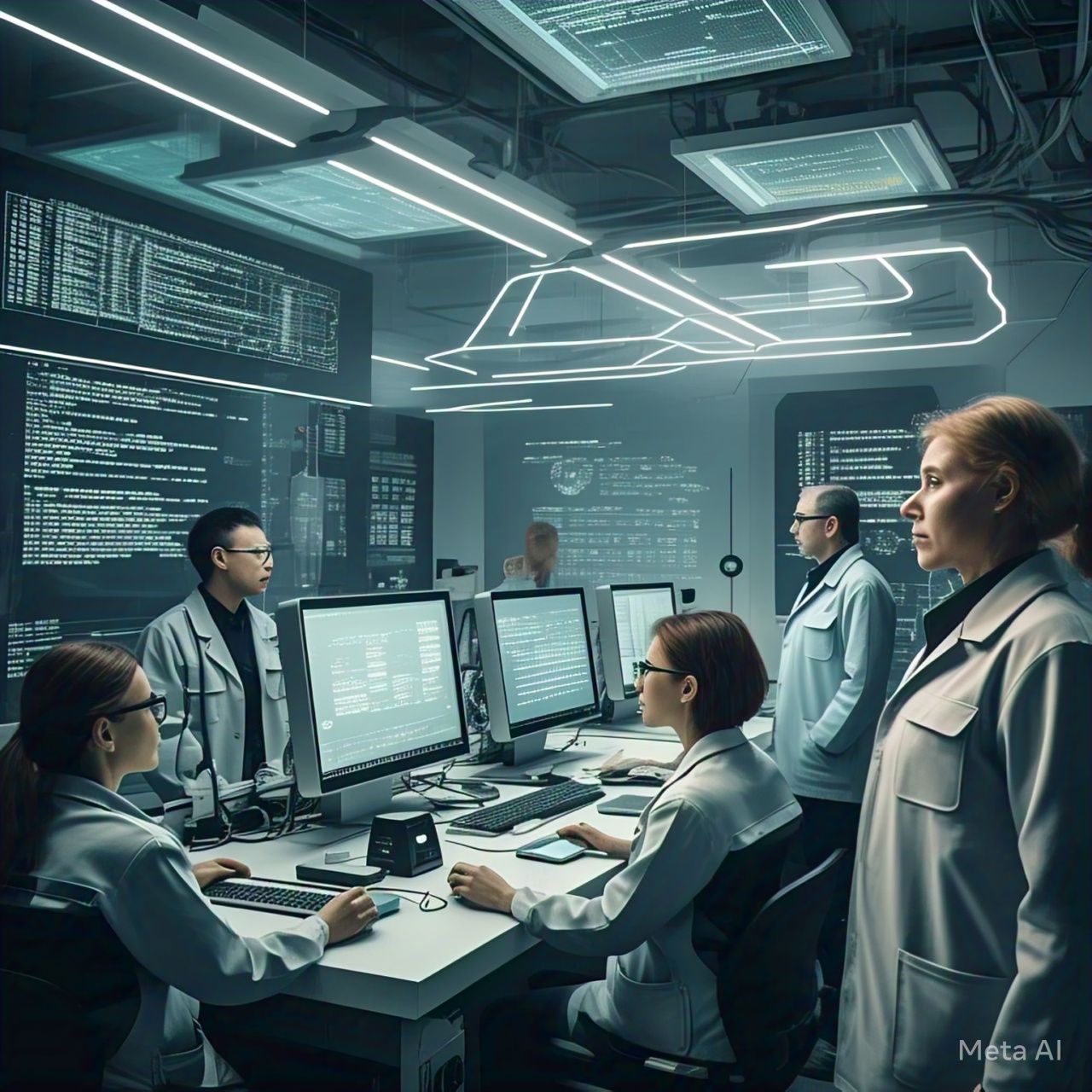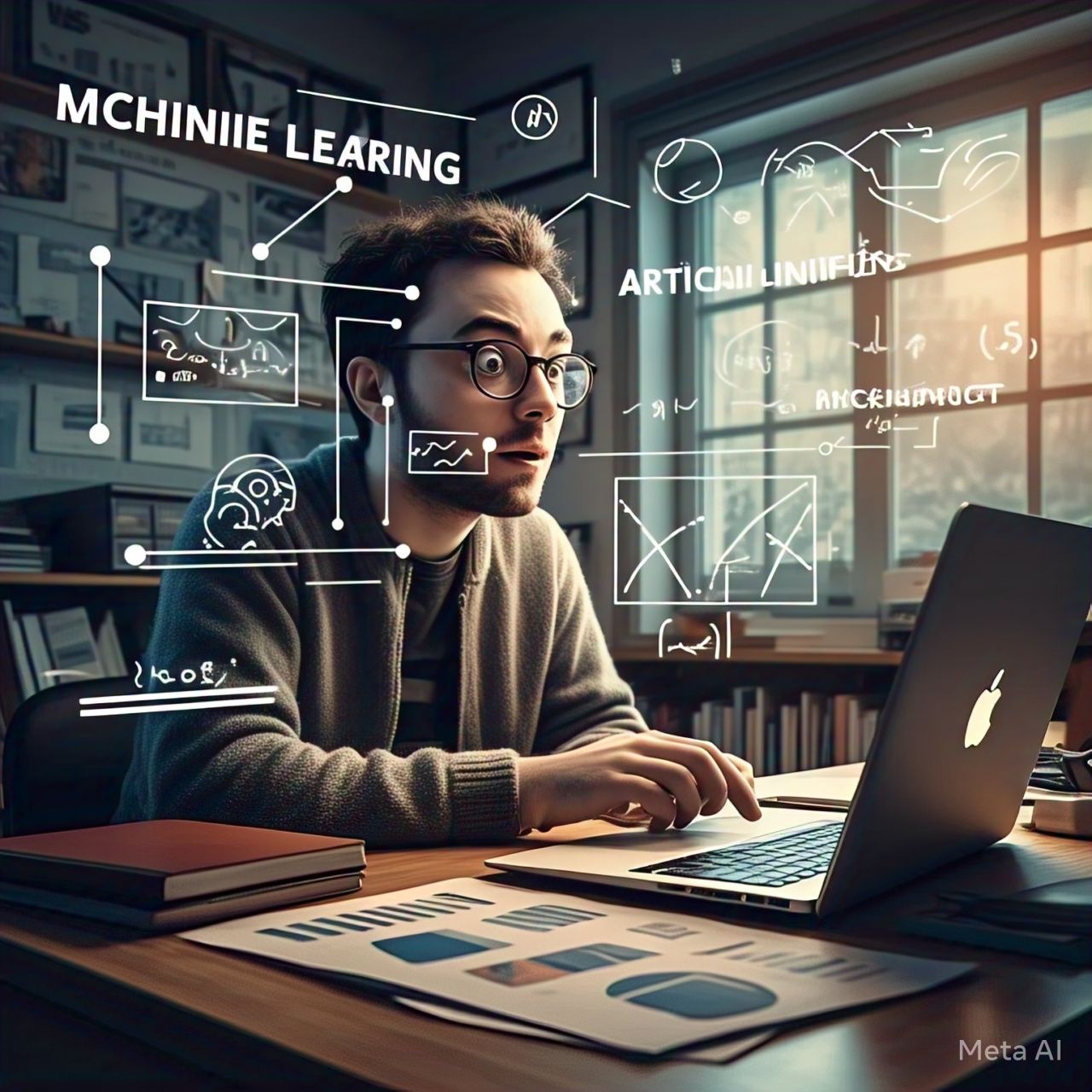Table of Contents
- Introduction
- Understanding AI and Blockchain
- What is AI?
- What is Blockchain?
- How AI and Blockchain Work Together
- Key Benefits of Combining AI and Blockchain
- Enhanced Security
- Improved Data Integrity
- Increased Efficiency
- Automation and Smart Contracts
- Real-World Applications of AI and Blockchain
- Healthcare
- Finance
- Supply Chain Management
- Cybersecurity
- Challenges and Limitations
- Future of AI and Blockchain
- Conclusion
- FAQs
1. Introduction
The combination of Artificial Intelligence (AI) and Blockchain technology is revolutionizing industries worldwide. AI enhances automation and decision-making, while Blockchain provides transparency and security. When combined, they create powerful solutions with enormous potential to disrupt various sectors, including finance, healthcare, and supply chain management.
2. Understanding AI and Blockchain
What is AI?
Artificial Intelligence (AI) refers to the simulation of human intelligence in machines. It enables computers to perform tasks such as learning, reasoning, problem-solving, and language processing. AI applications range from chatbots and recommendation systems to self-driving cars and medical diagnostics.
What is Blockchain?
Blockchain is a decentralized digital ledger that records transactions across multiple computers securely and transparently. Each transaction is stored in a block, which is linked to the previous one, forming a chain. Blockchain is commonly associated with cryptocurrencies like Bitcoin but has broader applications, including supply chain tracking and secure voting systems.
3. How AI and Blockchain Work Together
AI and Blockchain complement each other in multiple ways:
- Data Security: Blockchain ensures the security of AI-generated data by storing it in an immutable and decentralized ledger.
- Enhanced Decision-Making: AI analyzes Blockchain data to identify trends and make informed predictions.
- Smart Contracts: AI-driven smart contracts automate complex agreements and decision-making processes.
4. Key Benefits of Combining AI and Blockchain
| Benefit | Description |
|---|---|
| Enhanced Security | Blockchain encrypts AI data, making it tamper-proof. |
| Improved Data Integrity | AI ensures accurate data processing, while Blockchain prevents unauthorized modifications. |
| Increased Efficiency | AI automates processes, reducing the need for human intervention. |
| Automation and Smart Contracts | AI-driven smart contracts enable automated and secure transactions. |
Enhanced Security
Blockchain’s decentralized nature and cryptographic security protect AI systems from cyber threats and unauthorized access.
Improved Data Integrity
AI models rely on vast amounts of data. Blockchain ensures that this data remains unaltered, enhancing reliability.
Increased Efficiency
AI-driven automation speeds up transactions and optimizes Blockchain processes, reducing operational costs.
Automation and Smart Contracts
Smart contracts use AI to automate complex agreements, eliminating intermediaries and increasing efficiency.
5. Real-World Applications of AI and Blockchain
Healthcare
AI analyzes patient data to improve diagnostics, while Blockchain ensures the security and privacy of medical records.
Finance
AI-powered algorithms detect fraud in financial transactions, and Blockchain enhances the transparency of financial records.
Supply Chain Management
Blockchain provides a transparent supply chain ledger, while AI predicts demand and optimizes logistics.
Cybersecurity
AI detects cyber threats in real-time, and Blockchain secures data from unauthorized alterations.
6. Challenges and Limitations
Despite the potential, AI and Blockchain face challenges:
- Scalability Issues: Blockchain networks can be slow, limiting AI’s real-time processing capabilities.
- Complexity: Integrating AI with Blockchain requires technical expertise.
- Regulatory Uncertainty: Governments are still developing regulations for AI and Blockchain applications.
7. Future of AI and Blockchain
The integration of AI and Blockchain is expected to grow, leading to innovations in automation, data security, and intelligent decision-making. Future developments may include:
- Decentralized AI models
- AI-driven autonomous financial systems
- Enhanced privacy-focused Blockchain solutions
8. Conclusion
AI and Blockchain together create a powerful technological synergy that enhances security, efficiency, and automation across industries. Despite challenges, their combination holds immense potential for future innovations.
9. FAQs
1. How does Blockchain improve AI security?
Blockchain’s decentralized and encrypted structure protects AI-generated data from cyber threats and unauthorized modifications.
2. What industries benefit the most from AI and Blockchain integration?
Healthcare, finance, supply chain management, and cybersecurity are the key industries benefiting from AI and Blockchain.
3. Can Blockchain and AI be used for fraud detection?
Yes, AI detects suspicious patterns, and Blockchain ensures transaction transparency, reducing fraud risks.
4. What are the main challenges of integrating AI and Blockchain?
Scalability, complexity, and regulatory uncertainties are the primary challenges.
5. What is the future of AI and Blockchain?
The future includes decentralized AI, enhanced data security, and AI-powered automation in various industries.




